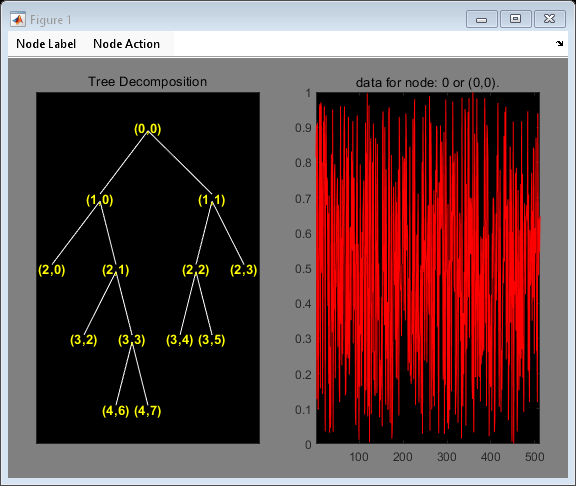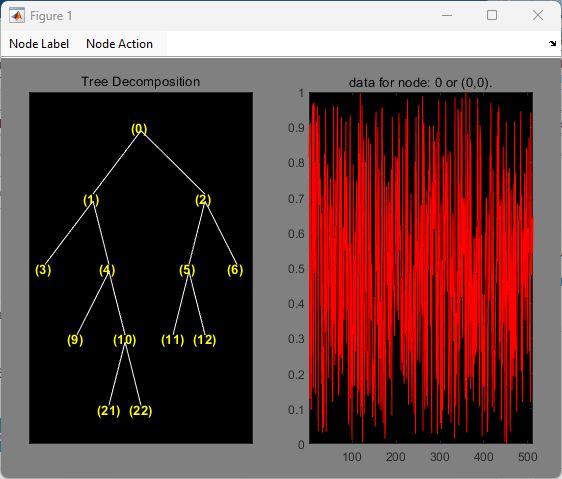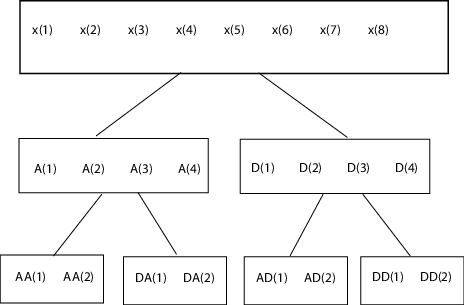otnodes
Order terminal nodes of binary wavelet packet tree
Syntax
Description
Examples
Input Arguments
Output Arguments
More About
References
[1] Wickerhauser, Mladen Victor. Lectures on Wavelet Packet Algorithms, Technical Report, Washington University, Department of Mathematics, 1992.
Version History
Introduced in R2010b


